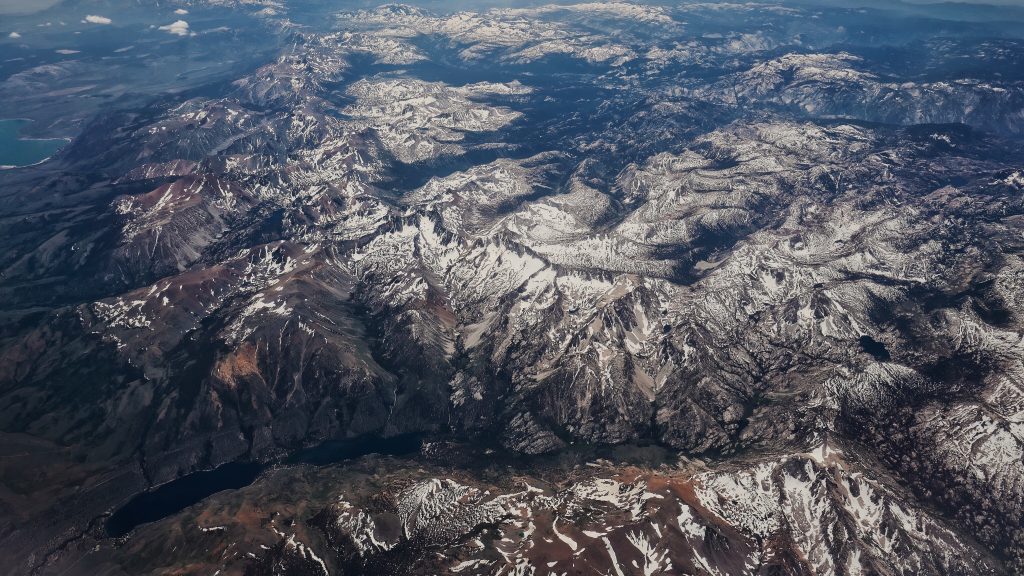
The San Andreas Fault runs from the Salton Sea up through the mountains of California and exits the continent, connecting to a plate boundary in the Pacific Ocean. The ShakeAlert system would monitor this fault and other smaller faults connected to it.
By Charly SHELTON
Back in June, CV Weekly reported about ShakeAlert, the Earthquake Early Warning System, being stricken from the federal budget for fiscal year 2018 by the current administration. Local representative Adam Schiff has been pushing for the development of ShakeAlert for years, touting the benefits of the system that would give a few seconds of warning before an earthquake strikes. This would provide just enough time to slow trains to prevent derailment, stop elevators, shut down volatile power systems and pause surgeries while allowing people time to get to a safe place of cover before the shaking started. With nearly $25 million already invested in the development of the system and only $16.9 million left to fund for completion and operation costs, the system is near but still far away. This week, it got a little bit closer with an awarding of $4.9 million from the U.S. Geological Survey.
“The additional $4.9 million awarded to the Earthquake Early Warning System brings us one step closer to fully deploying this technology which can saves lives in the event of a major earthquake,” said Rep. Schiff in a released statement. “I will continue to work on a bipartisan basis to provide funding for this vital public safety system to ensure that it reaches its full potential. We know that it is a matter of ‘when’ not ‘if’ a major earthquake will strike the West Coast, and a fully operational Early Warning System will help us be ready.”
The USGS awarded the funds to six universities and a university-governed non-profit to support transitioning ShakeAlert into a production system. The awards are for a new set of two-year cooperative agreements with system developers CalTech, Central Washington University, University of California, Berkeley, University of Oregon, University of Washington, University of Nevada, Reno and UNAVCO, Inc., which will push towards the development, expansion and implementation of the already tested and proven system. This awarding of funds is made possible by the $10.2 million in federal funding that Congress granted to the USGS Earthquake Hazards Program.
No information as to additional funding sources was available.
